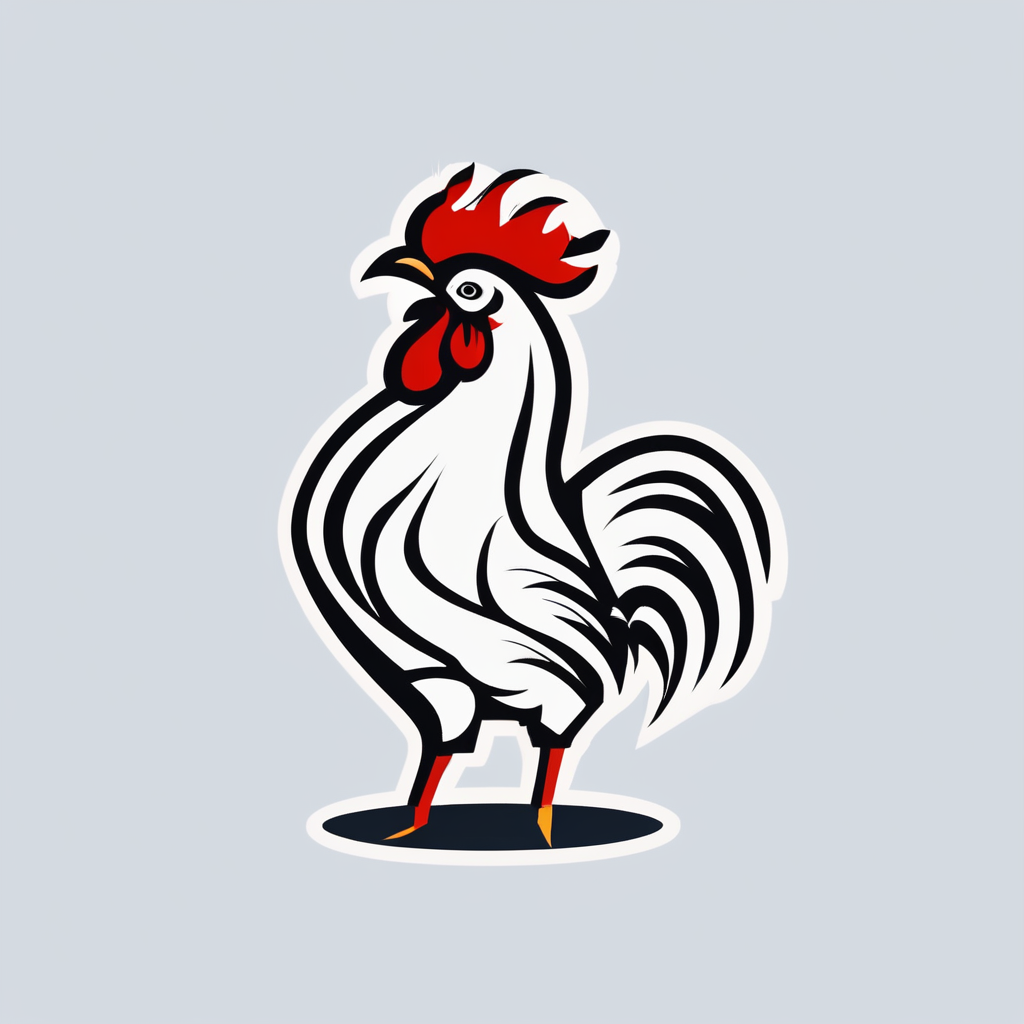Understanding Behavioral Compatibility
When considering adding a rescue bird to your home, acknowledging animal behavior is crucial for harmonious pet compatibility. Each animal has its unique temperament, and understanding these differences can greatly aid in foster peaceful coexistence.
Firstly, assess the existing pets’ temperaments alongside the bird’s. Some breeds might be more prone to territorialism, which could escalate tensions. By assessing these temperaments, you can predict and manage potential compatibility issues. Initial stress signals, such as raised feathers in birds or flattened ears in cats, should be closely monitored as they can indicate discomfort.
Cela peut vous intéresser : The Best UK Garden Wildlife Cameras for Nighttime Animal Spotting
In successful pet compatibilities, you’ll observe positive behavioral signals. Birds might sing or groom, indicating they feel at ease. On the other hand, dogs wagging their tails at a gentle pace signify comfort in their new companion’s presence. Recognizing these behaviors aids in addressing issues promptly, fostering a tranquil environment.
Taking these steps ensures both the existing pets and the rescue bird adjust smoothly to their new living situation. It is vital to ensure each pet’s species-specific needs are met, fostering a balanced and stress-free environment for all. Such thoughtful integration can lead to delightful and enriching interspecies companionship.
Avez-vous vu cela : Revitalizing British Butterfly Populations: Your Guide to Making a Difference
Safe Introductions
Ensuring a smooth introduction for your rescue bird and existing pets is essential for establishing pet compatibility. The initial meeting sets the tone for future interactions, so following well-thought-out introduction guidelines is crucial.
Begin by selecting a neutral territory for the first encounter, where neither pet feels possessive or threatened. This space should be controlled and safe, with potential stressors minimized. Use carriers or cages initially for the bird to ensure bird safety while allowing visual contact. Gradually introduce other pets at a distance, observing reactions closely.
Introduce both pets gradually, allowing them time to adjust. Look for signs of successful introductions, such as curiosity rather than aggression. A dog wagging its tail slowly, or a cat remaining relaxed and non-reactive, indicates comfort.
If setbacks occur, do not rush the process. Pause and return to introductory steps, giving both animals time to acclimate. Reinforce positive interactions with treats or affection, which helps associate new encounters with good experiences.
By taking these structured steps, you create a supportive environment where pets can develop a harmonious relationship, reducing stress and enhancing overall pet compatibility. Be patient, consistent, and attentive to each pet’s needs.
Managing Interactions
Navigating pet interactions between a rescue bird and established pets requires strategic supervision to ensure harmony and conflict resolution. Begin with structured time for interactions, allowing a comfortable rhythm to develop in these early stages. Continuous oversight helps intervene if negative behaviors emerge, like over-curiosity from a cat or a dog’s excessive barking.
Effective use of supervision tips can be vital. Maintain a close watch, ensuring distractions are minimized. If tension arises, calmly intervene by redirecting attention using verbal cues or offering toys to diffuse the situation. It’s important to remain composed to prevent escalating stress levels.
Establishing clear boundaries for each pet’s space promotes a sense of security. Make use of baby gates or barriers that allow for sight and scent without direct contact. Remember, safe spaces are crucial. These zones should be comfortable retreats where each pet can relax independently.
Ultimately, fostering positive experiences during interactions not only facilitates bonding but significantly reduces anxiety. Well-managed interactions lay the foundation for a peaceful pet household. Building this cooperative environment enables both the bird and other pets to coexist harmoniously, enriching their shared lives.
Enriching Living Environments
Creating a stimulating habitat enrichment for both rescue birds and other pets plays a vital role in their overall well-being. Each animal requires specific resources, so ensuring both have access to pet habitat enrichment suitable for their species is essential.
Start by considering the natural needs of your rescue bird. Incorporate items like perches and swings that mimic their natural environment, encouraging activity and reducing stress. Adding toys designed for birds can offer mental stimulation, vital for their behavioural health.
For other pets, especially those sharing space with birds, incorporate species-appropriate enrichment resources. Cats may benefit from climbing structures, while dogs might enjoy interactive toys to divert their interest from the bird. Strive to maintain a balance where all pets have equal access to enrichment without overlapping territories, reducing potential conflicts.
Integrating natural elements like plants or water features can enhance the environment’s appeal for all animals involved. Enhanced environments foster peace and contentment, crucial for maintaining pet compatibility. By prioritising the unique enrichment needs of each species, you’ll cultivate a harmonious coexistence where both rescue birds and other pets thrive, maximising their shared living experience.
Case Studies and Success Stories
Exploring real-life examples of successful integrations provides valuable insights for those welcoming a rescue bird into a home with existing pets. Such stories highlight the potential for harmonious pet compatibility and offer inspiration and practical lessons for others.
One notable case involved a parrot finding a new home within a family that owned a dog and a cat. Through gradual introductions and keen observation of animal behavior, the pets learned to coexist peacefully. The key was patience, coupled with a thoughtful allocation of time for each pet to adjust, leading to a gradual acceptance and bond formation.
Successful integration often relies on recognising and respecting each pet’s individual needs and implementing strategic behavioral adjustments. For example, in one scenario, a family’s commitment to consistent training and positive reinforcement resulted in a strong mutual respect among their three cats and a newly adopted cockatiel.
These success stories demonstrate the importance of adaptability in routines and environments, confirming that with tailored approaches to animal behavior, households can achieve a delightful balance. Such lessons emphasize how interspecies companionship enriches both human and animal lives, underscoring the joyful potential of rescue bird adoptions.
